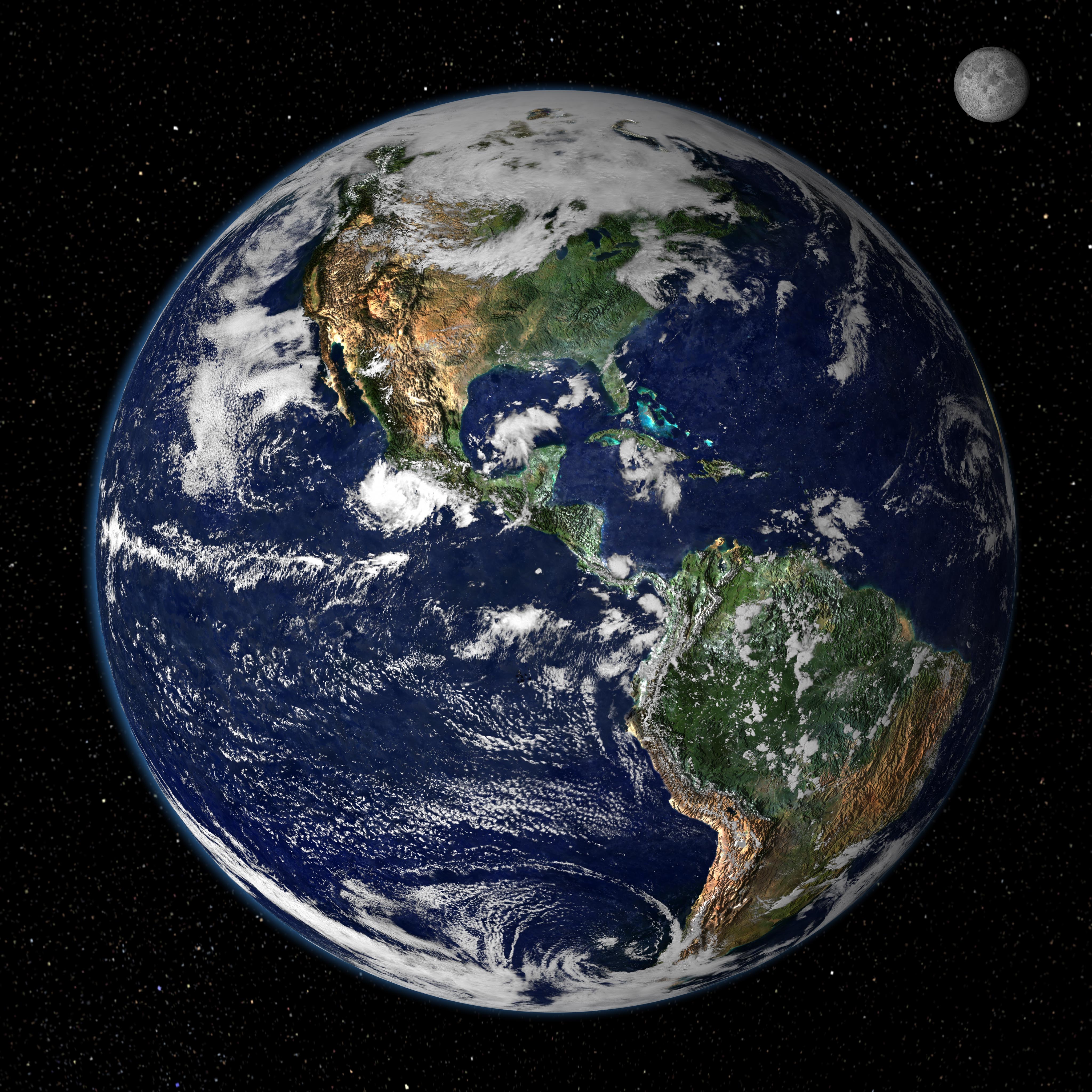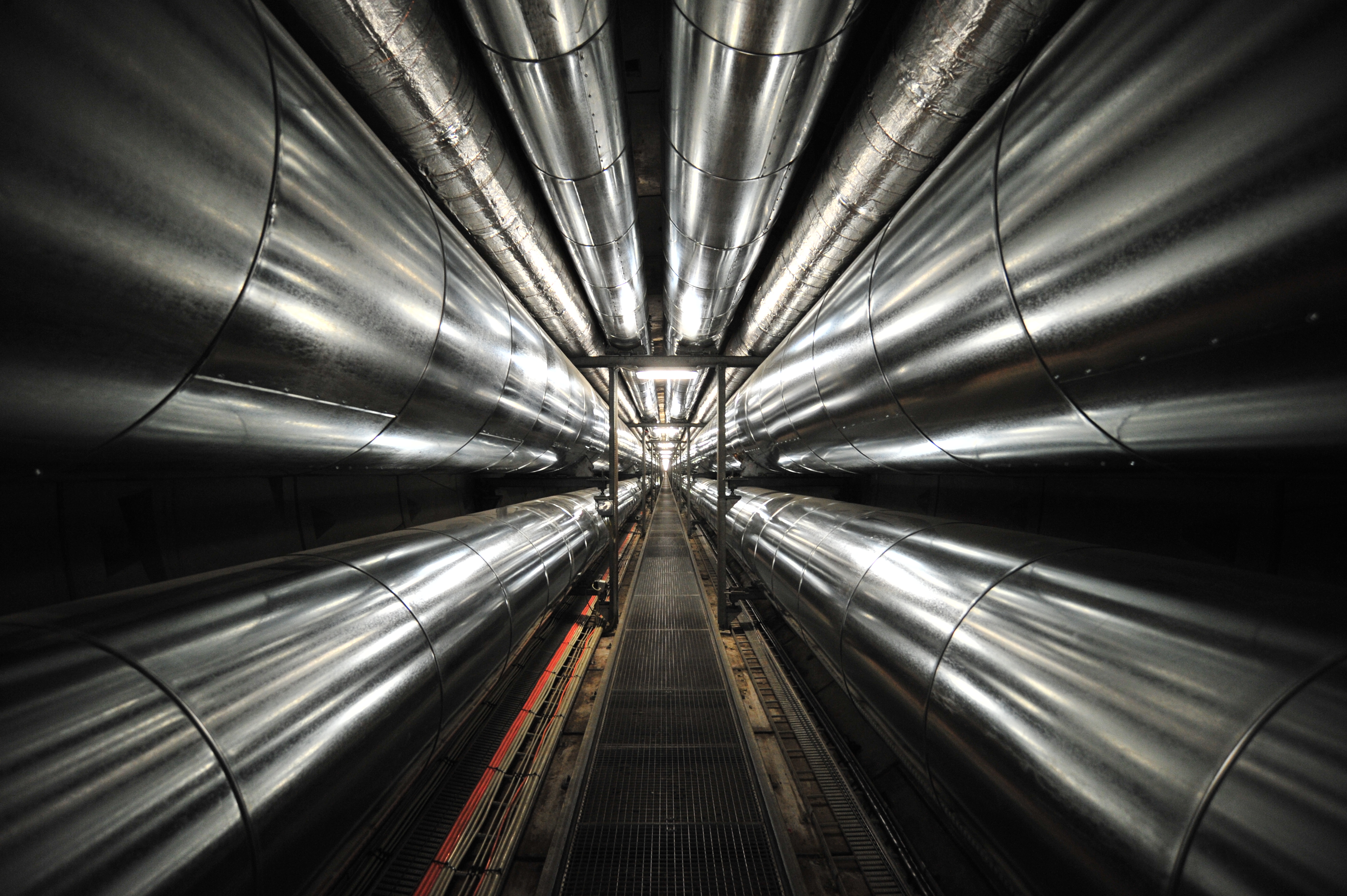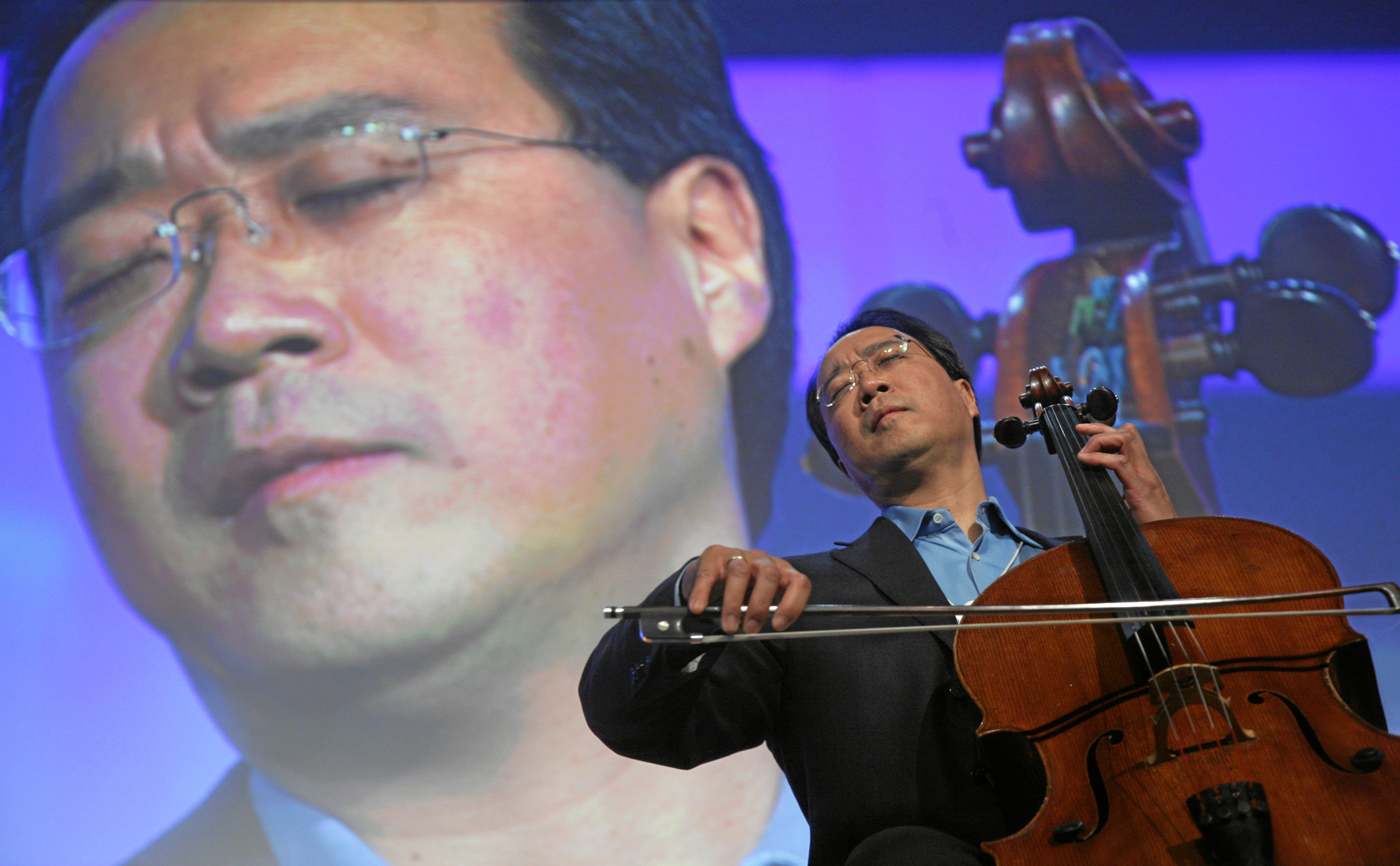PyeongChang’s Olympics saw gold, silver, bronze, and a glimpse into the future. Some parts of the Olympic and Paralympic Games received 5G coverage. KT and Intel were among the providers; after the Olympics, AT&T will debut 5G in Atlanta, Dallas, and Waco.
Every era of civilization might be characterized by its predominant mode of transport; perhaps the Internet is the road of our time, it’s new fast lane: 5G. Three decades after COMSAT launched satellites, AT&T began developing an industry standard for interoperability of wireless communication with partner Nortell. As a result, GSM became the standard. Today’s interoperability certification is TETRA. The result? Driverless cars, smarter cities. Should the United States Interstate System open a tetra lane for autonomous vehicles? The Critical Communications Association (TCCA), coordinating public safety and disaster response, might suggest, next to the tetra lane, a sportsway with charging stations, segway and bike lanes, and walking routes. Boston might consider building the first link, in cooperation with the Central Artery, part of the Interstate: nickname, 5Greenway.
Instant takes time. The first idea for 5G dates to April 2008 when NASA and Machine-to-Machine Intelligence (m2mi) partnered, termed by some as the “commercialization of space.” The Memorandum of Understanding was only the third in NASA’s history. Stated goals included: “Under the agreement, NASA and m2mi will cooperate to develop a fifth generation telecommunications and networking system for internet protocol-based and related services. The cooperative effort will combine NASA’s expertise in nano sensors, wireless networks, and nano satellite technologies with m2mi’s unique capabilities in software technology, sensors, global system awareness, adaptive control and commercialization capabilities. Fifth Generation, of 5G, incorporates Voice Over Internet Protocol, video, data, wireless, and an integrated machine-to-machine intelligence layer, or m2mi, for seamless information exchange and use.” In December 2017, 5G was approved by the 3GPP international wireless consortium. The United Nations’ International Telecommunications Union will consider the system in 2019.
Next Olympics: 2020 Tokyo. Japan launched high speed train system Shinkansen for the opening of the 1964 Olympics. Speed has always been a winning characteristic of Olympic gold. What kinds of speed, including 5G, will we see in 2020?
3gpp. “First 5G NR Specs Approved.” 22 December 2017. http://www.3gpp.org/news-events/3gpp-news/1929-nsa_nr_5g.
3gpp. “Drafting and publication of GSM Specs…in the pre-3GPP era.” 3gpp: The Mobile Broadband Standard. http://www.3gpp.org/specifications/gsm-history/.
Goldman, David and Betsy Klein. “What is 5 G?” CNN.com. 29 January 2018. http://money.cnn.com/2018/01/29/technology/what-is-5g/index.html
m2mi. Machine to Machine Intelligence Corporation, “Safe, more livable, and efficient Smart Cities: The Internet of Things.” http://www.m2mi.com/
NASA. “NASA Ames Partners with M2Mi For Small Satellite Development.” 24 April 2008. https://www.nasa.gov/home/hqnews/2008/apr/HQ_08107_Ames_nanosat.html.
“Olympic Visions: PyeongChang 2018.” 10 February 2018. Building the World Blog. https://blogs.umb.edu/buildingtheworld/2018/02/10/olympic-visions/.
Building the World Blog by Kathleen Lusk Brooke and Zoe G Quinn is licensed under a Creative Commons Attribution-NonCommercial-NoDerivs 3.0 Unported License





